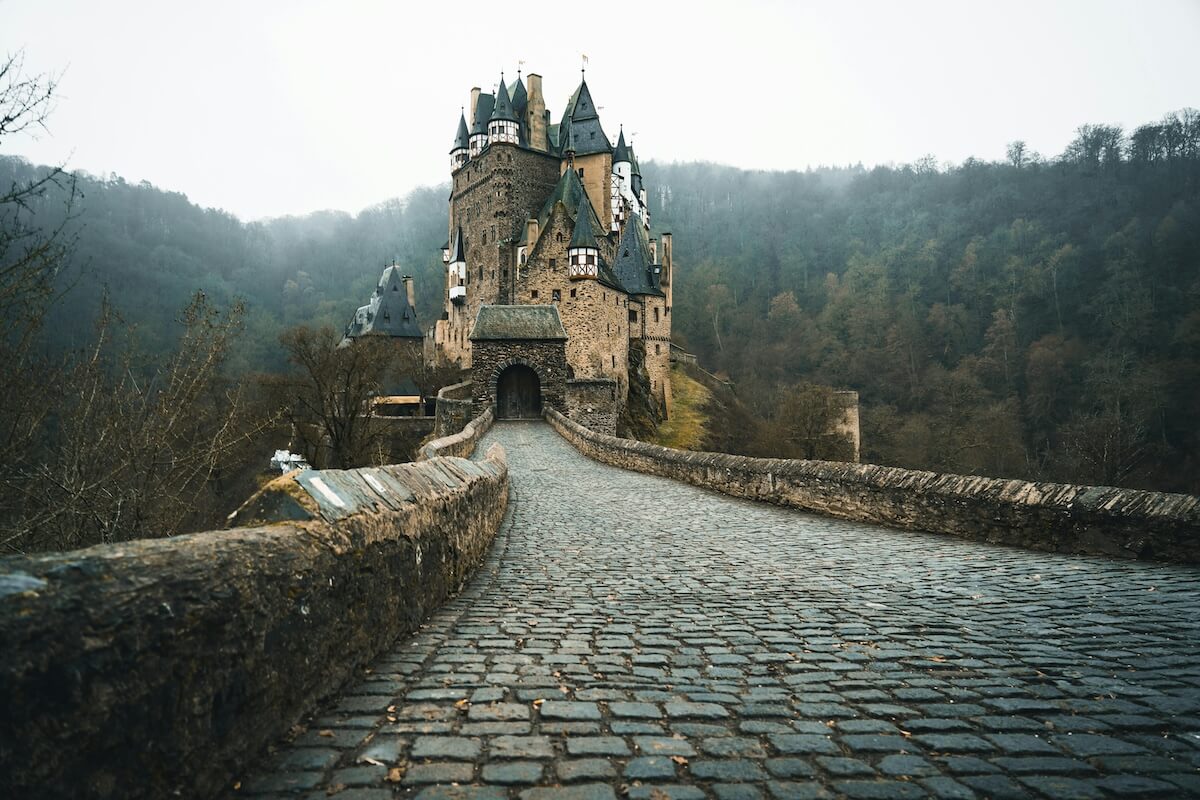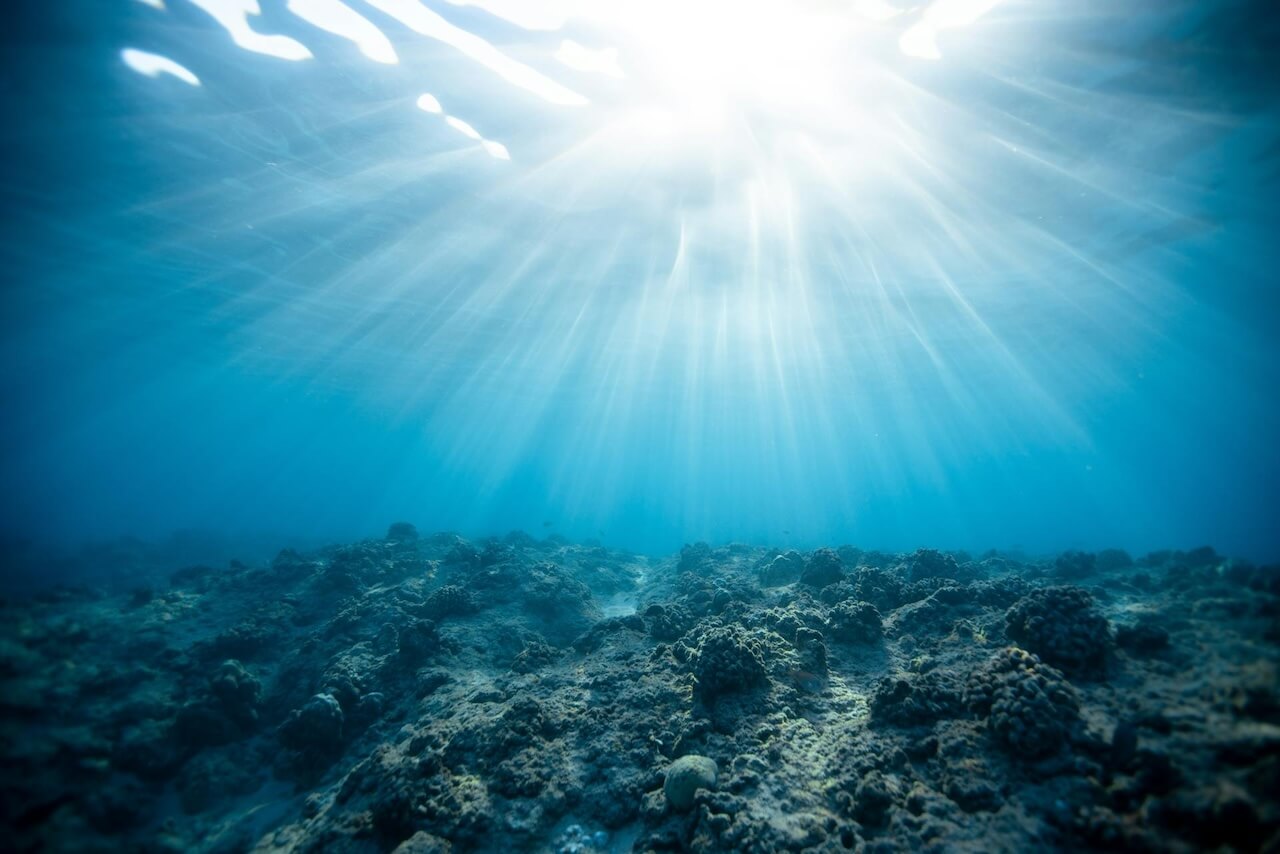I put off watching The Castle of Cagliostro for years.
Chances are, if you’re an anime/manga fan, you’ve at least heard of its main character, Lupin III. Created by artist Monkey Punch (the oddest of pen names), the gentleman thief is one of anime and manga’s most famous characters, with a history dating back to the 1960s.
Yet ignorant me, in the days before streaming, would see Castle’s vanilla DVD cover in my local anime store and consistently pass. I knew the name Lupin, but nothing about a green-suited guy climbing up the side of a brick wall inspired.
I wish I could sue that weak cover for false advertising. It failed to hint at the joy inside, focusing on some limited view of Lupin in struggle instead of one of his moments of triumph or a vibrant alt-Europe world of imagination.
And so the bland advertising added a decades-long delay to my discovering the wonders of this movie.
The Castle of Cagliostro initially struggled at the box office but has become the most popular entry in the entire sprawling Lupin franchise.
And like my experience, the film faced a tougher road to popularity in America.
The movie was screened at scattered festivals, but it took until 1991, 12 years after its release, for its American theatrical run and 1992 for its home release. From there, it would develop that so-called “cult following.”
The directorial debut of the beloved Hayao Miyazaki of Studio Ghibli (Spirited Away), Castle significantly influenced the Disney Renaissance and Miyazaki’s later work.
Yet while Miyazaki is a household brand for many American animation fans, I’ll bet plenty haven’t dived into this treat.
So is The Castle of Cagliostro a good movie?
The Plot of The Castle of Cagliostro:
After robbing a casino only to find the piles of cash they’re now swimming in are counterfeit, Arsene Lupin III (Yasuo Yamada) and his sidekick, Daisuke Jigen (Kiyoshi Kobayashi), travel to the small country of Cagliostro, a nation rumored to be behind the fake bills.
Soon, Lupin crosses paths with Lady Clarisse de Cagliostro (Sumi Shimamoto), a beautiful princess about to be married by force to the nation’s leader, Count Lazare de Cagliostro (Tarō Ishida).
Along with the help of his friend Goemon Ishikawa XIII (Makio Inoue), wild card thief Fujiko Mine (Eiko Masuyama), and sworn enemy Inspector Koichi Zenigata (Gorō Naya), can Lupin stop the wedding and uncover the mysterious treasure of Cagliostro?
The Rest of the Main Cast Includes:
- Ichirō Nagai as Jodot
- Kōhei Miyauchi as Gardener
- Tadamichi Tsuneizumi as Gendarme Captain Gustav
- Shōzō Hirabayashi as Interpol Chairman
- Jūji Matsuda as Riot Squad Captain
- Kinpei Azusa as Archbishop
- Yōko Yamaoka as Waitress
Note: This review is for the Japanese-language release. I recommend finding original language releases whenever possible. The film clips featured in this review are in an english-language dub, which for me loses much of the charm factor. But due to copyright reasons, those are the clips I have links to.
What’s Working Well Here:
Always With That Charm Factor, +6 Points
Miyazaki and Team bring the subtle charm machine of his My Neighbor Totoro and crash it into the action scenes of an old-school serial adventure romp a la Indiana Jones.
The film begins with Lupin and Jigen fleeing the casino. As the police give chase, the officers’ cars bust in half or break down comically, hoods and trunks flying open, parts falling everywhere. And there’s Lupin’s joyful, juvenile note pinned to a vehicle, a calling card taking credit for the chaos.
As Lupin and Jigen discover the bills are counterfeit and gleefully fling them out the car window in a long, long trail of flittering money, it caps a sequence that drops us straight into the story and establishes the oddly lovable and, at times, slapstick tone.
It’s a tone that never drops and a film that never bores with clever, memorable details.
When Jigen changes from a disguise, we watch him let the air out of a clever little nozzle inflating his belly like a balloon.
And when Lupin reunites with Clarisse, he enchants her by dramatically summoning a flower and a trail of little flags from his hand, an exaggerated magic trick for a child’s sense of humor.
Lupin scales buildings with both clever grappling hooks and happy-accident acrobatics.
It’s a tone where guns are fired, and the few that die do so bloodlessly (with two could-be gruesome deaths carefully out of focus or off-screen).
Art that’s in the Details, +4 Points
As the director but also a writer, designer, and storyboardist for the movie, Miyazaki’s fingerprints are all over this production’s meticulous design.
Critic Janet Maslin said the “animation is weak when it comes to fluid body movements but outstanding in its attention to detail,” and I agree.
In Cagliostro, Miyazaki and Team have created an arresting mock European countryside. Watching Lupin’s vintage Fiat 500 cruise into old ruins with draping, overgrown green shrubbery is lovely.
And the castle in question is magnificent. It looks lifted from a watercolor fairy tale, a beacon of romantic stone with its rising blue turrets. It’s complete with a magical bridge walkway that extends from the castle to Clarisse’s prison tower.
It’s a world where the Count’s goons roll around in 30s suits and fire Tommyguns, Lupin produces a bizarre collection of tricky gadgets, and the Count flies himself an antiquated auto-gryo.
And as is a Miyazaki trait, as the story unfolds, he pauses for visually arresting moments. We watch Lupin rest on the roof of the Fiat. At the same time, Jigen changes its tire, a bed of blooming white flowers in the foreground and Jigen comically struggling underneath.
When the Count opens his cloak before what could be his wedding to Clarisse, it stretches out inexplicably past her as if it is ready to sweep her unwillingly into his arms, inserting an anxious reality into the metaphorical visual.
Enjoyable Scenes, + 4 Points
The film’s action and humor are ever-present. There’s no wasted space for flat exposition as everything that drives the plot forward happens on the fly and without detour.
And every scene gives you a reason to watch.
There are clever escapes with gadgets, mystifying accidental acrobatics, and a car and auto-gyro chase.
Even when Jigen and Lupin sit down to dinner, discussing their next moves, they wrestle childishly over the meal. Each thief comically wields their knife and fork, trying to twist all the noodles around their own or gather up the meatballs.
Playing to Strengths, +2 Points
All mediums have advantages, and this movie wrings the absolute juice out of animation.
The battle in the clock tower (often referenced in other animated works) is a spiky fight that could look awful with computer graphics and, to my knowledge, be impossibly dangerous to stage. Lupin, the Count, and his men spin and climb dangerously through the gears of the working clock in a visual fun maze of sometimes death.
And there are falls from trap doors down inexplicably long, long cartoon shafts into pits of spikes or dungeons – only for Lupin to defy logic and survive, of course.
It’s physics-bending stuff that wouldn’t play in live-action.
What’s Not Working So Well Here:
That’s Not My Lupin! -0 Points
Some fans dislike the film because of Miyazaki and Team’s toned-down portrayal of the world of Lupin.
This Lupin is a mannered, even if womanizing, gentleman thief instead of the ruthless criminal of the manga.
Other characters were also changed. For example, Fujiko Mine dropped the role of sexy femme fatale, and Jigen and Goemon become lively and affable over serious and downbeat.
I can’t speak to the Lupin canon because I am not familiar with it. But I can understand how audiences feel when their entire understanding of beloved characters is shifted.
But I know here, for me, Lupin’s light wickedness is delightful.
So since this isn’t a problem for me, it drains no points off this review.
Go Watch The Castle of Cagliostro
Total Arbitrary Points Score: 16 Points
The Castle of Cagliostro combines the enchantment of a Hayao Miyazaki production with the adventurous flair of a roughly PG-13 adventure.
For a creator whose canon is beloved worldwide, I urge anyone who has not seen this effort to give it a watch.
Though some Lupin III fans don’t like the toned-down approach to the characters and world, my only drawback is that Miyazaki didn’t make a sequel.
With the film’s nonstop invention, it’s a masterpiece of cheeky, romantic adventure.
If only I had seen this wacky movie poster back in the day (with hijinks that didn’t even feature in the film, like fiery escapes and Jigen chasing a naked lady). Then me and Lupin could have started this friendship earlier.
And a Spoiler Alert Here – At the film’s end, as you watch Lupin and pals ride off from Clarisse, Inspector Zenigata and his men chasing after them, the camera rising skyward, you will feel that unmistakable Miyazaki magic: that you just witnessed something wonderful.
Enjoyed this Post?
Thank you so much. If you’d like to get a ping when I have a new article, you can join my newsletter below.
Disclaimer:
This review’s factual information was gathered through online sources, like Wikipedia, IMDB, or interviews. Misrepresentations and errors are possible but unintentional.
Making art is hard. This is a fan’s blog. Any criticisms are meant to be constructive.




